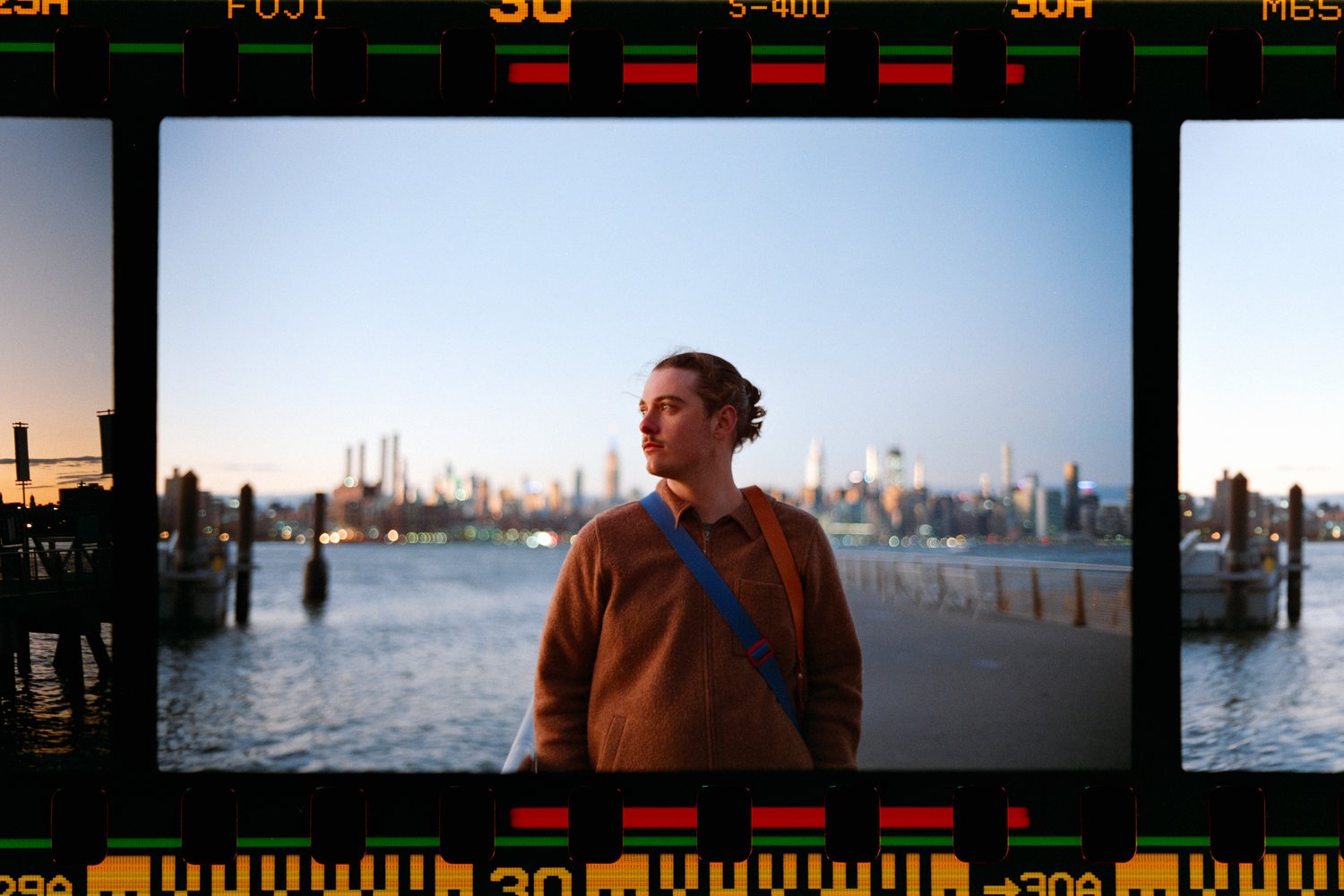We recently connected with Matthew Rygh and have shared our conversation below.
Matthew, thanks for joining us, excited to have you contributing your stories and insights. What’s been the most meaningful project you’ve worked on?
I’ve always had a passion for photography, but in 2019 after my first year of university, that passion was at risk of disappearing. It had been a difficult year– my father had been diagnosed with cancer, my first real relationship had become long-distance, and all of my friends from back home had moved away. The last thing on my mind was making photographs. As I returned to my hometown, I questioned what I had left to return to besides a town that I had practically sworn off.
That summer, I was working at a small, family-owned hamburger stand to save money for college. With not much else to do after work, I would wander the town in my sister’s car. One day, I wandered out of town and found myself at a tiny one-hour photo store. It smelled of mildew and had a general staleness to it. The owner was kind and stood at what seemed to be 6’10”. I had been seeing photographers I admired online using film, so I asked this gentle giant about it. He would end up bending down to the bottom shelf near the floor and grabbing a rusty camera from the 1940s. He would begin to teach me how to use it and I would return at least once a week.
With this camera and a man with 60 years of film experience who became my friend, I explored this medium I’d missed as well as my relationship with this town I found myself in once again. As I roamed a town where I felt I didn’t belong, I found small pockets that made me feel like I did. Patches of warm light, homes I’d never seen but felt familiar, empty spaces that allowed me to fill them with my subconscious.
Three months and countless hours of wandering later, I had roughly 60 film photographs to my name and a newfound relationship with a place I struggled to call “home.” It was cathartic and wholly unexpected. It was as if, for the first time, I’d truly let my camera be an extension of me and not just my eyes. This would turn into a project, and then a book. I named it Sanctuary. The purpose was simple: to create a place to call home—not just for me, but for anyone.
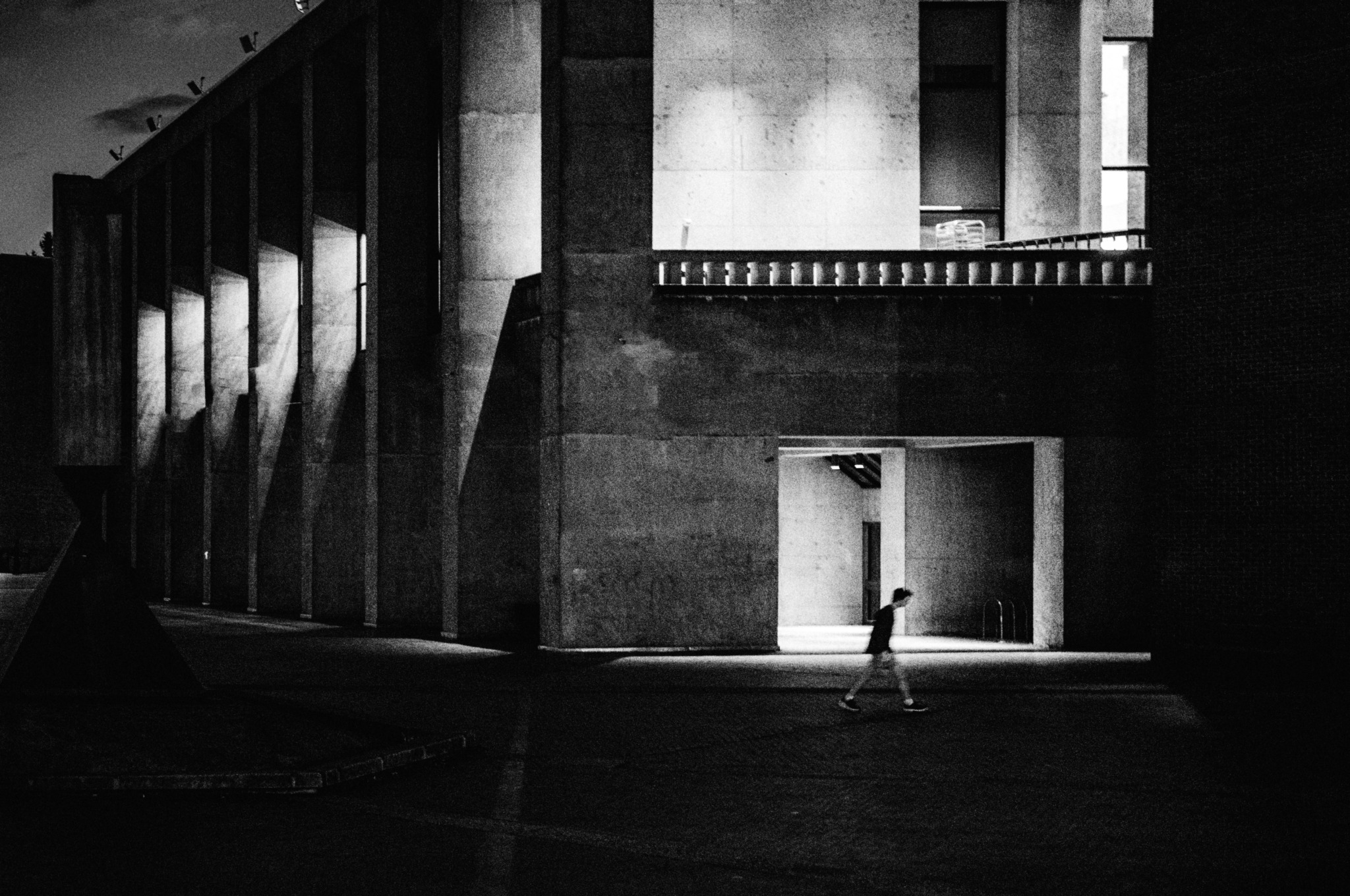
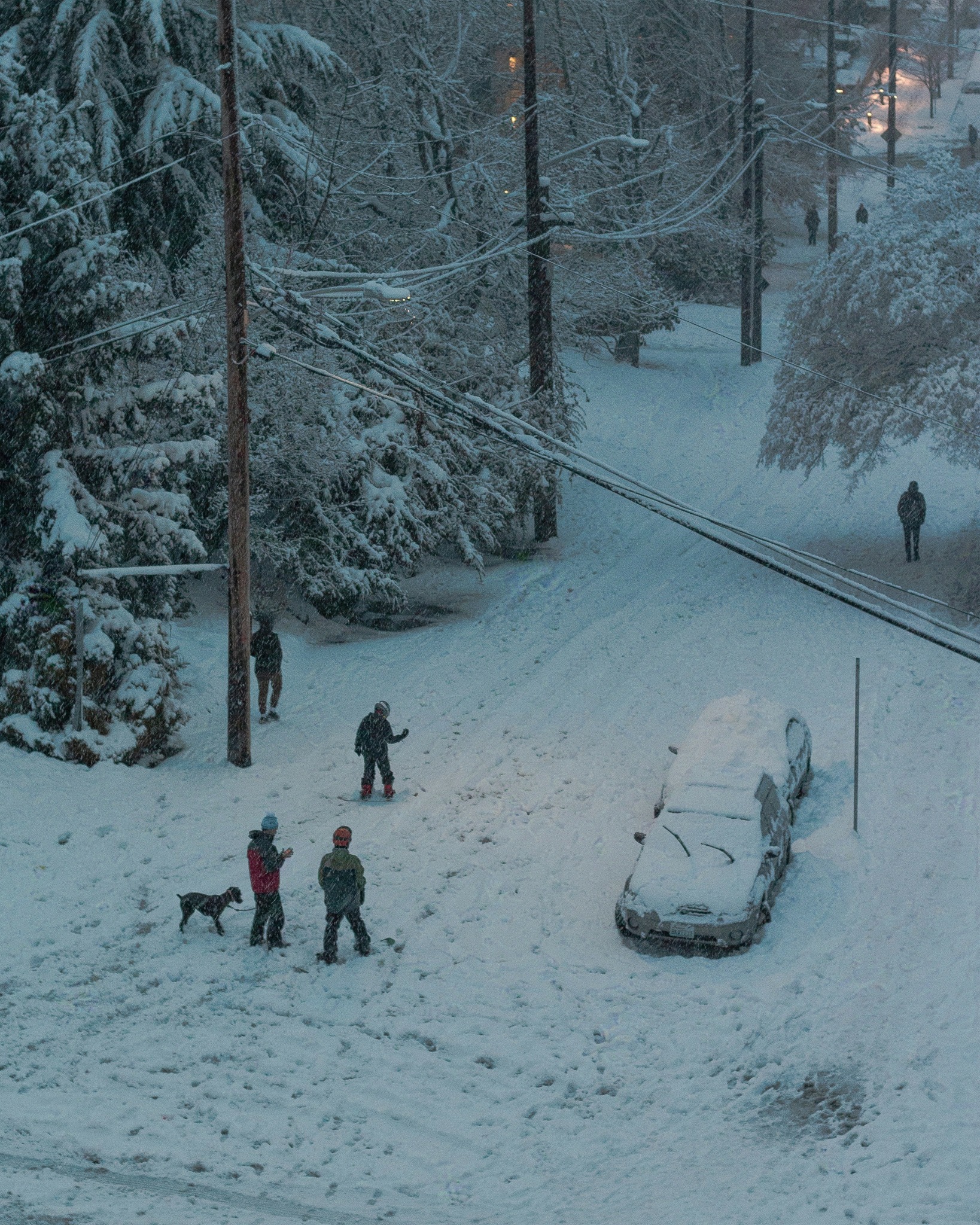
Matthew, love having you share your insights with us. Before we ask you more questions, maybe you can take a moment to introduce yourself to our readers who might have missed our earlier conversations?
Primarily, what I do these days is photography books, content creation, and freelance photography. I’m most passionate about my books—they are my main means of expression. Content creation serves as another tangential form of expression but is also my main marketing tool. If I can help people learn about photography, showcase my work, and find a way to sustain myself financially, my goals are fulfilled. Freelance photography is my newest venture, something that is a good kind of uncomfortable. I feel that in order to truly grow and make a living doing photography, it’s the natural progression. I’ve been a furniture photographer, documentary photographer for a tech startup, blog writer for a film lab, and who knows what else is to come.
I’ve been a photographer my whole life—from disposable camera photos of the floor at age 4, to road trip photos on a Nintendo DSi at 9, an art competition at 10, a cheap digital camera at 11, an entry-level DSLR at 17, and now a professional setup and paid projects at 24. It all still feels the same to me. My photography has been an extension of myself before I even knew it as such. The business side of it has merely been a means to support that expression.
My introduction to professional photography started like countless others: a small, poorly curated Instagram page in high school that only my closest friends and maybe my aunt would interact with. As I created, I got to know myself, my vision, and my craft. After the creation of my first book, Sanctuary in 2019, things began to be clear.
When the pandemic started, I had one quarter left of college. I found myself moving back in with my parents, desperately looking for a way to stay creative. I’d discovered TikTok, and on March 30, 2020, I posted my first two videos. One was a simple introduction: who I am, what I make, and where I’m from. The second video was about the film scanner I’d just ordered. Both began to blow up. As my mother was cutting my hair in the bathroom (because I couldn’t go to my usual barber), I watched the numbers grow higher and higher. I was in shock, and, though she didn’t understand, my mother indulged me. By the end of that week, I’d already gotten my first 1,000 followers. Maybe I was onto something?
I continued posting multiple times per day– sometimes about myself, other times about my photography, or even art that I enjoyed. Two months later, on my 20th birthday, I hit 10,000 followers. I was, once again, in shock. Prior to TikTok, the most engagement I’d ever gotten on my work was 30 likes from people I went to high school with on Twitter. I began to meet fellow photographers, artists, and creators. The world felt like it’d been blown wide open.
Four years later, TikTok has allowed me to express myself, show my process, showcase my work, and even work with brands like Leica, Kodak, and Mattel. I’ve received free cameras, film development, and gained a side income alongside my 9-5. Through Twitter I was offered a full-time creative director role. Through Instagram I’ve been able to display my portfolio and fully publish & distribute my own books.
When I imagine how I want people to think of me and my work, I want them to see them as one and the same. I like to think of my photography as simple, thought-out, and meaningful. But at the same time, I don’t think it’s necessary for what I get from the work to be the same for other people. That’s the beauty of art. Above all else, I am not just a photographer but an artist. I don’t just want to document—I want to provide a mirror for myself and others to reflect using the world around us.
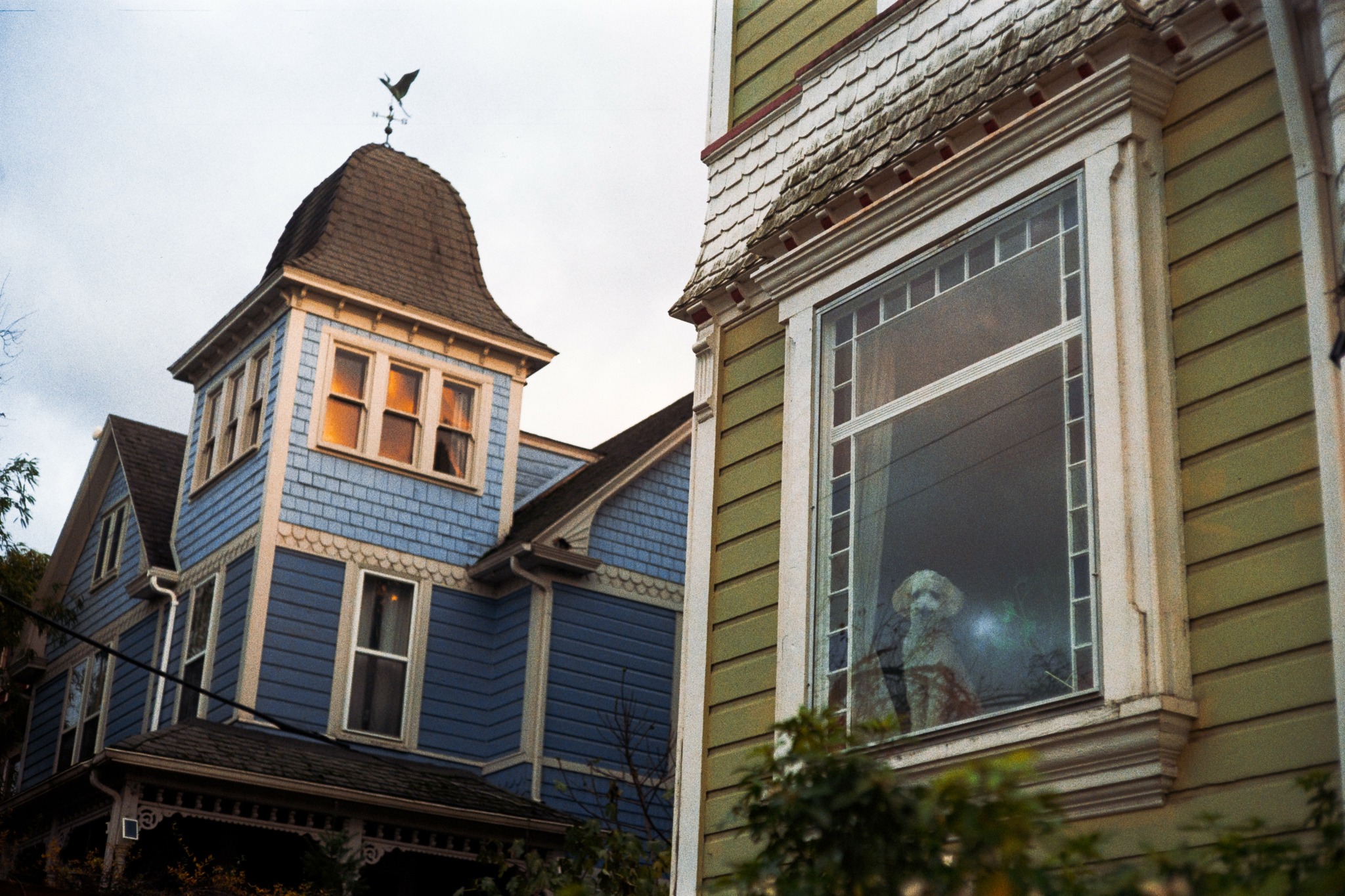
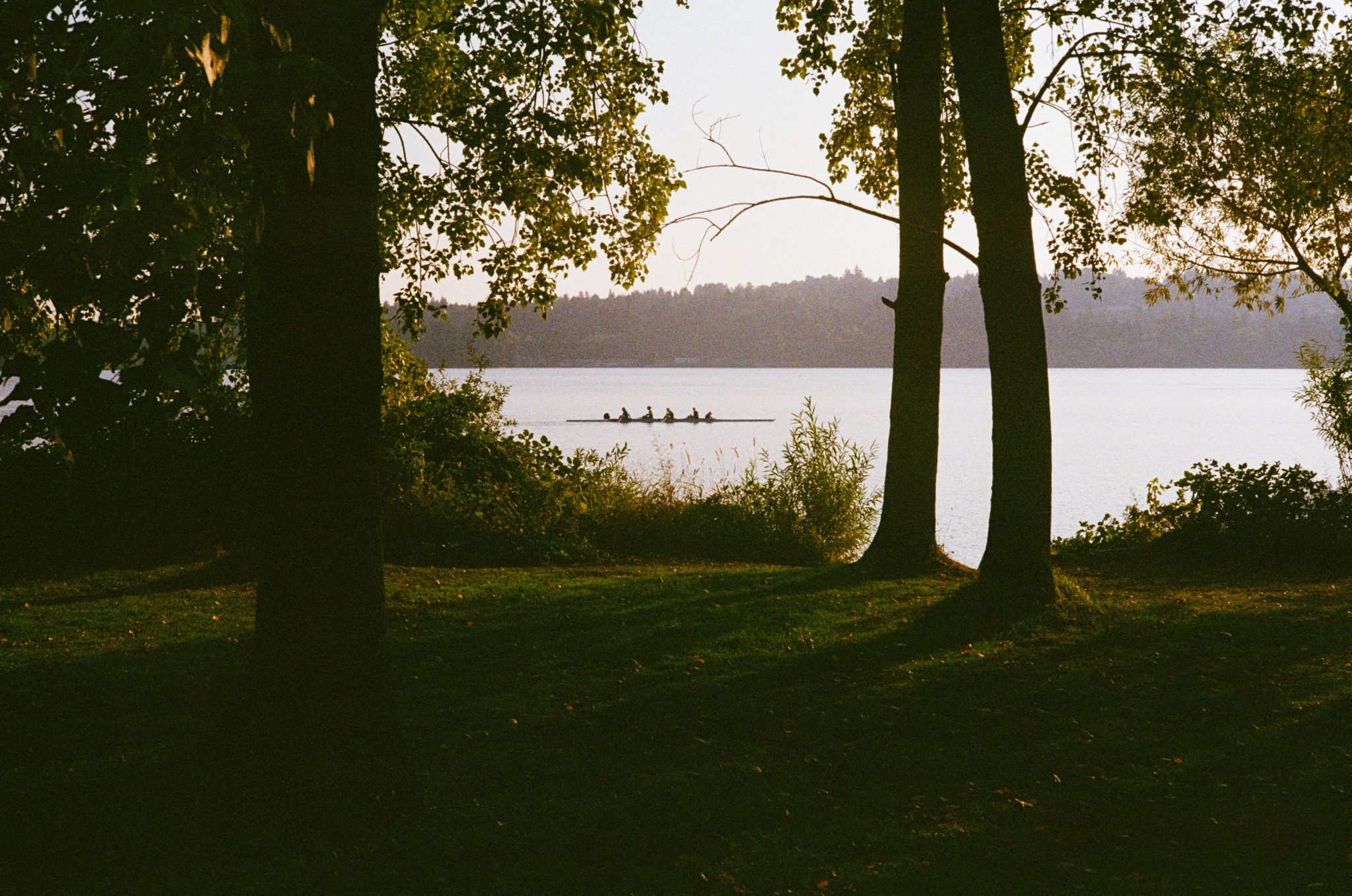
Can you share a story from your journey that illustrates your resilience?
Back in 2016, I was a junior in high school. My father had been in and out of the hospital recovering from open-heart surgery, so I didn’t see either of my parents much. During this time, I began attending college full-time instead of high school, which meant I no longer saw any of my friends on a daily basis. This was the first time I’d dealt with depression.
It was a hard hole to get out of. I would spend the majority of my days alone, rarely even seeing my parents. While this weighed on me for a while, I eventually began to see the light. I started filling this time with ways to be inspired: YouTube videos, movies, reading movie scripts. At the time, I wanted to be a screenwriter. This inspiration turned into creation. Reading scripts turned into writing, and watching movies led me to start shooting my own. It began to heal me.
A few months later, I spent every dollar I had on a camera: a Canon Rebel T5i—a classic beginner camera. It inspired me even more. I began taking photos, then more photos, and even more. The screenwriting dream began to fade, and my laptop became filled with photographs. Photography got me out of the house more. It helped me meet people. Portraits became a new way to make friends, a way to push myself to get out there.
Seven years later, it still does that for me. It’s helped me make countless friends, find work that fills me with satisfaction, and create a way to remember this life I have. Anytime I feel a stir within myself, I grab my camera and take a walk. Little did I know that dark time would lead me down such a healing and fulfilling path.
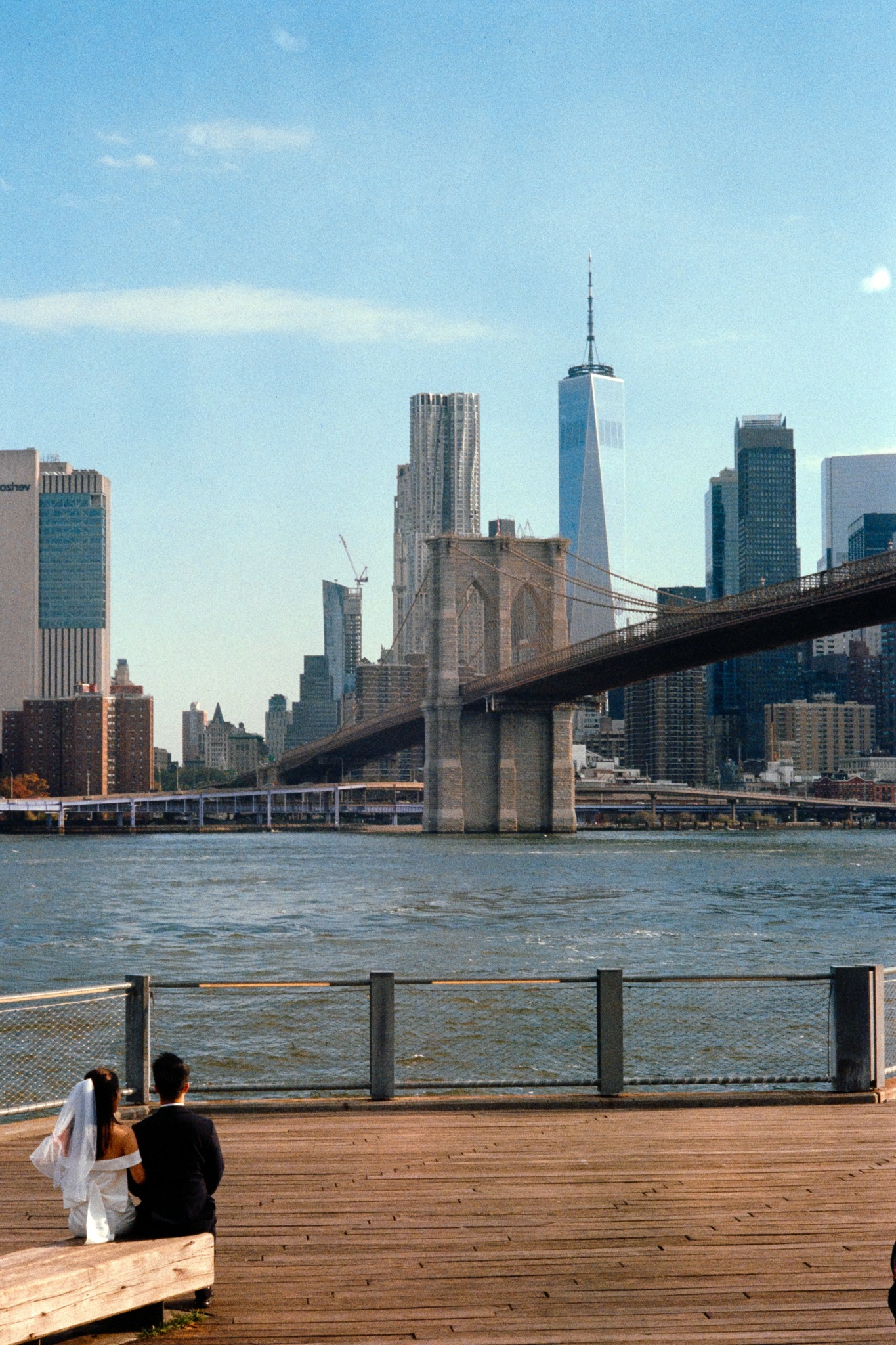
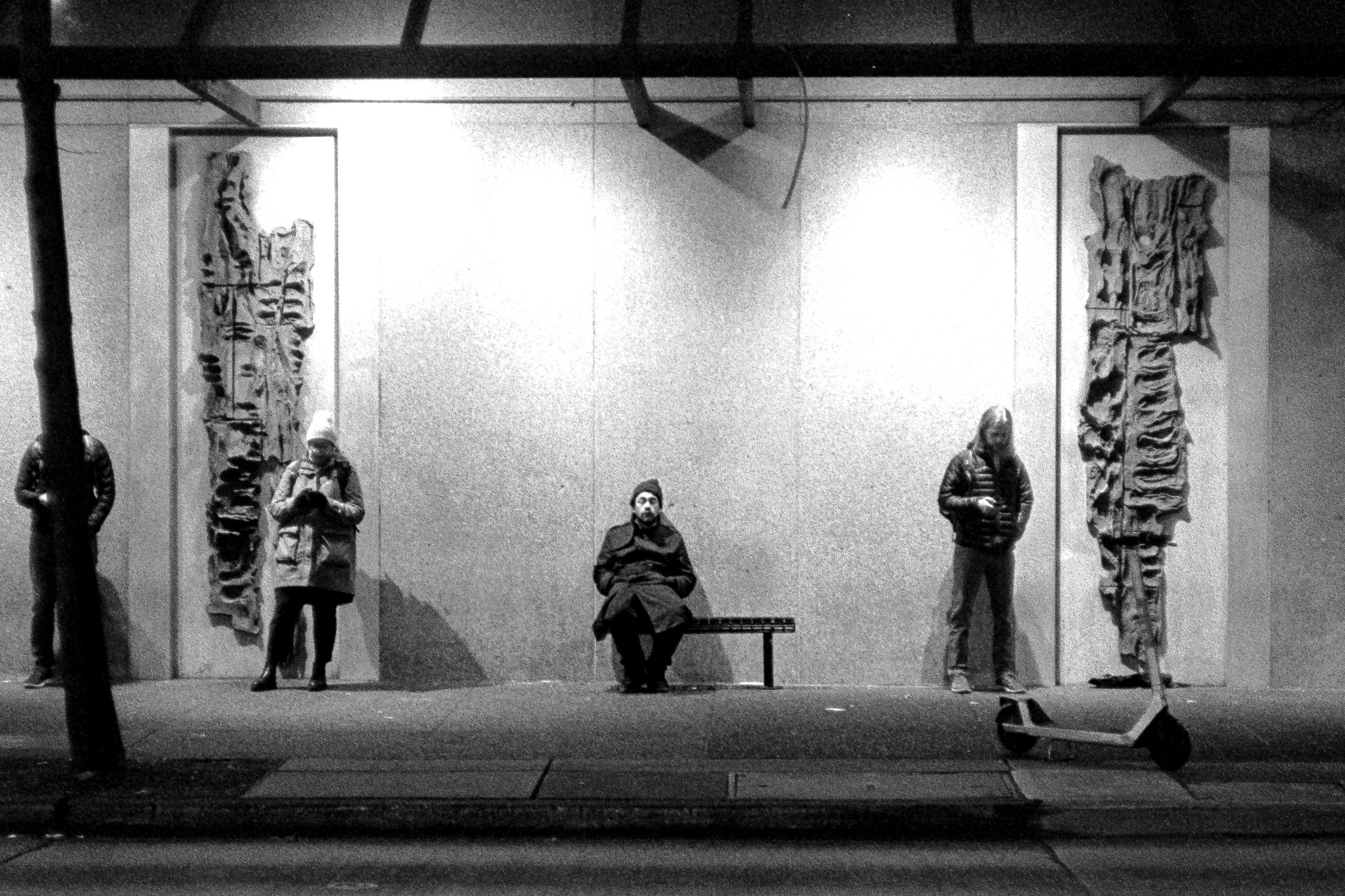
For you, what’s the most rewarding aspect of being a creative?
For me, the most rewarding aspect of being an artist and creative is the search—the search for ideas, means of expression, and new ways to interpret the information given to you. It can be daunting, often more so than it is rewarding. But it’s a process that’s worth it. You discover yourself in those times of confusion. It makes you think of everything in a new way.
Most projects I start end up entirely different from their initial concept. In the case of my most recent book, Convergence, I didn’t even have a concept for the first five years of working on it. But what’s most important is staying in tune with yourself and trusting where your heart will guide you. Convergence was a project that forced me to do just that. Street photography can feel so meaningless until you stay present enough to capture something that makes you understand why you were there in that very moment. I’ve found that being an artist is finding ways to cope with the discomfort that comes from acknowledging your own lack of understanding, whether that relates to a specific concept, experience, or your life as a whole.
Alongside the purely conceptual idea of the search, a huge part of creation is the search for community. I’m blessed to have found so many amazing creatives to work with, both in Seattle and beyond. Contemporaries both inside and outside of photography, like my good friend Yonny, who inspires me every day with his music and outlook on life. People like my friends Nash Pearson, Finn Baker, and Rohan Sandoval, who inspire me with what can be done with video. My friends Teague Shoup, Tommy Grissel, Emery Lemos, Max Schiano, and infinitely more photographers who help push my perception of photography. On top of the people I’ve worked alongside, there’s also the community that chooses to support you—the people who help you feel less crazy for having the ideas you put out into the world.
It’s easy to feel alone, especially as an artist. And while the ideas are what we often dwell on, it’s the people that make the experience. So the search for the art is just as important as the people you’re able to make it with.
Contact Info:
- Website: https://matthewrygh.com
- Instagram: @matthewrygh
- Twitter: @matthew_rygh
- Youtube: Matthew Rygh
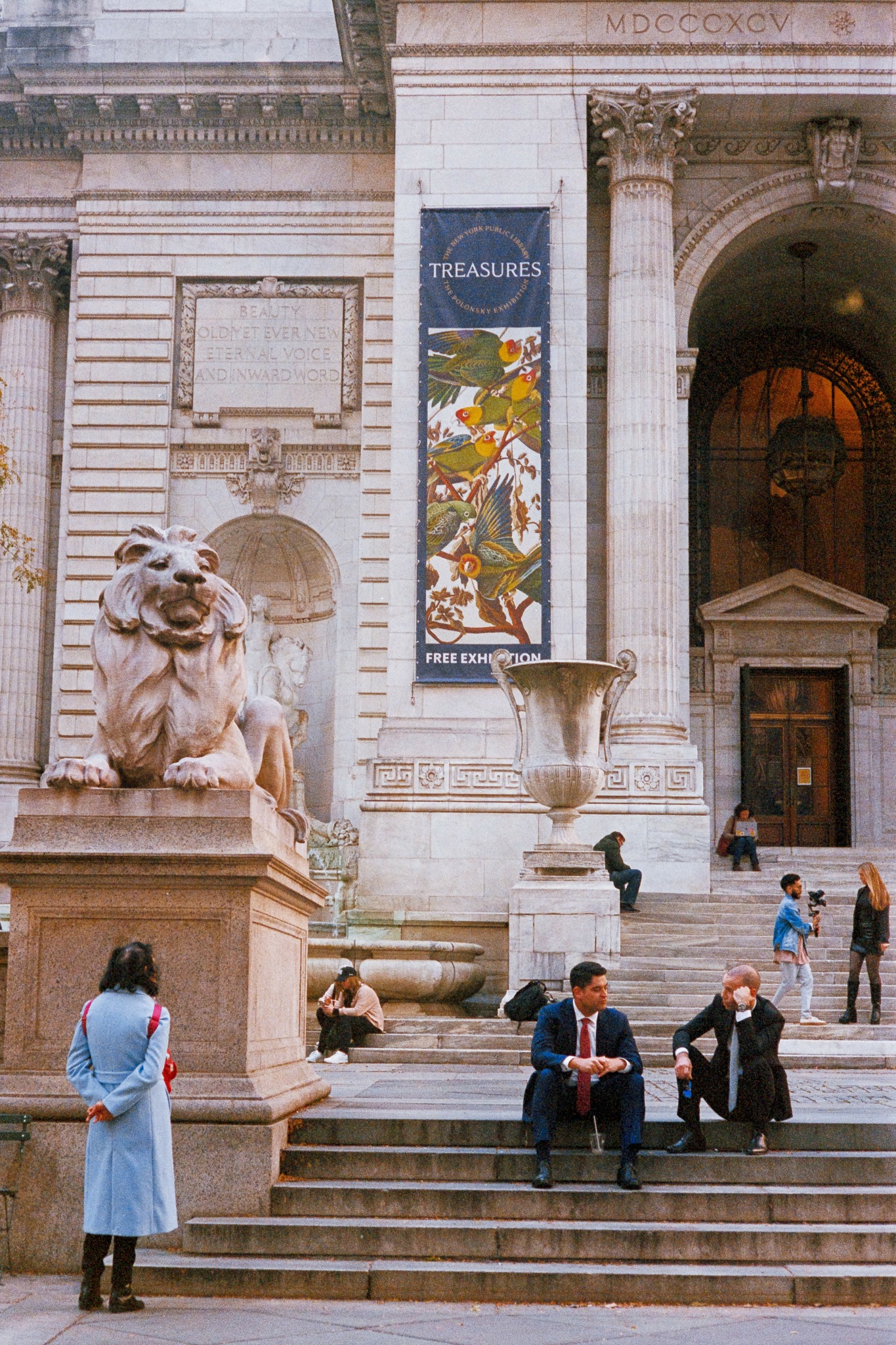
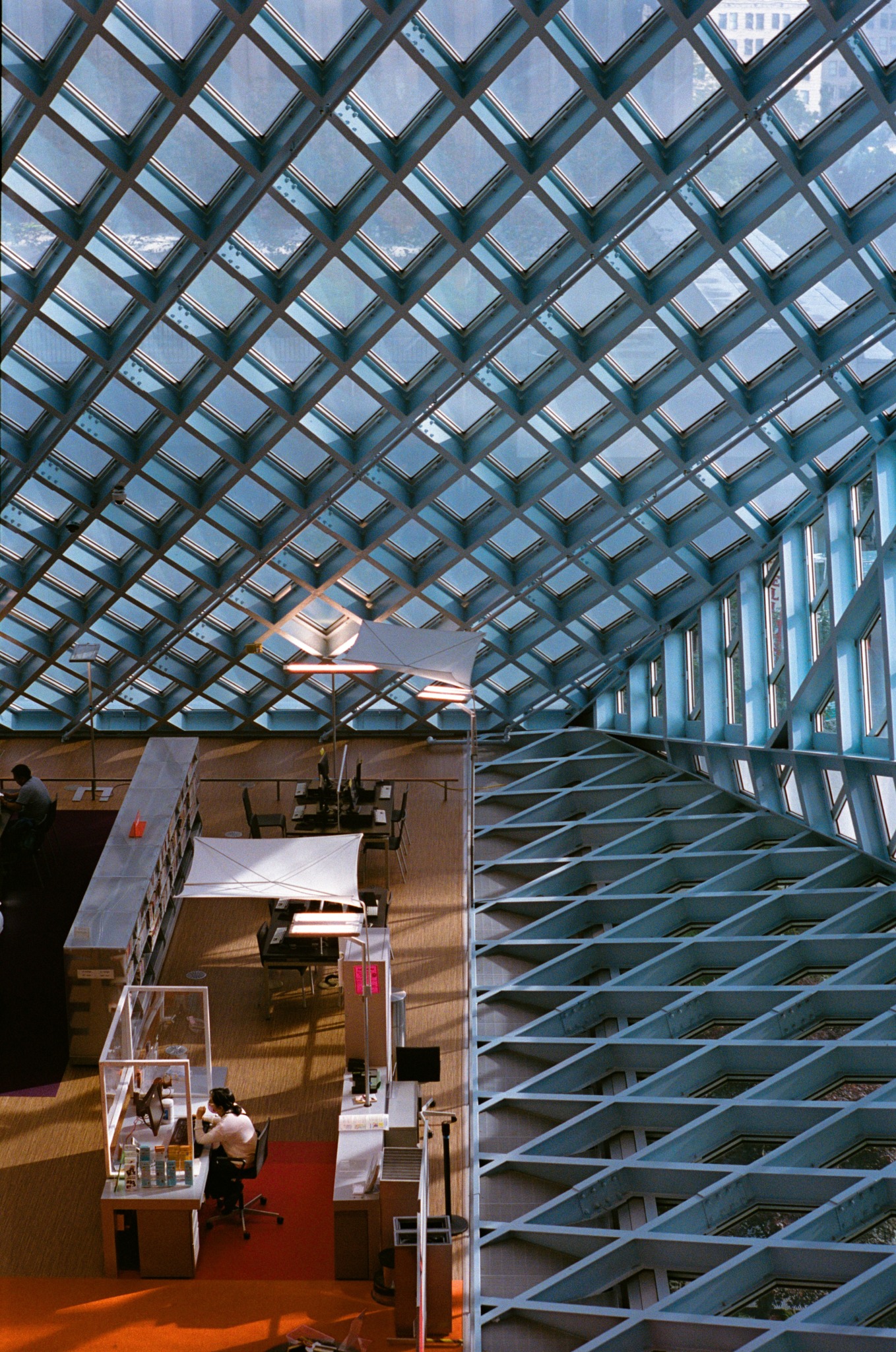
Image Credits
Artist Portrait by Maxwell Schiano
Photography by Matthew Rygh


